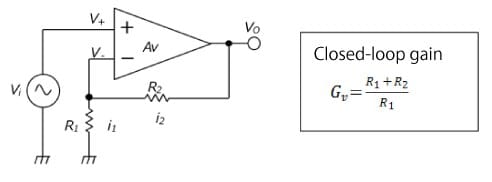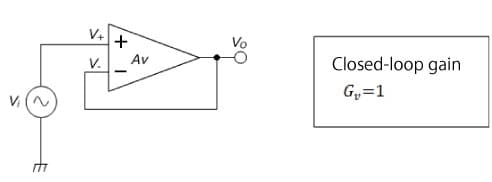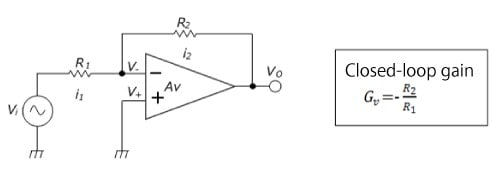- General Top
- SEMICONDUCTOR
- STORAGE
- COMPANY
-
My ToshibaSemicon
- Semiconductor Top
-
ApplicationsAutomotive
Body Electronics
xEV
In-Vehicle Infotainment
Advanced Driver-Assistance Systems (ADAS)
Chassis
IndustrialInfrastructure
BEMS/HEMS
Factory Automation
Commercial Equipment
Consumer/PersonalIoT Equipment
Healthcare
Wearable Device
Mobile
Computer Peripherals
-
ProductsAutomotive Devices
Discrete Semiconductor
Diodes
Transistors
Logic ICs
Analog Devices
Digital Devices
Wireless Devices
※
: Products list (parametric search)
Power SemiconductorsSiC Power Devices
※
: Products list (parametric search)
Isolators/Solid State RelaysPhotocouplers
Digital Isolators
Solid State Relays
Fiber Optic Transmitting Modules
※
: Products list (parametric search)
MOSFETsIGBTs/IEGTsBipolar Transistors※
: Products list (parametric search)
Diodes※
: Products list (parametric search)
MicrocontrollersMotor Driver ICsIntelligent Power ICs※
: Products list (parametric search)
Power Management ICsLinear ICs※
: Products list (parametric search)
General Purpose Logic ICsLinear Image SensorsOther Product ICsOther Product ICs
※
: Products list (parametric search)
-
Design & Development
-
Knowledge
- Where To Buy
- Part Number & Keyword Search
- Cross Reference Search
- Parametric Search
- Stock Check & Purchase
This webpage doesn't work with Internet Explorer. Please use the latest version of Google Chrome, Microsoft Edge, Mozilla Firefox or Safari.
require 3 characters or more. Search for multiple part numbers fromhere.
The information presented in this cross reference is based on TOSHIBA's selection criteria and should be treated as a suggestion only. Please carefully review the latest versions of all relevant information on the TOSHIBA products, including without limitation data sheets and validate all operating parameters of the TOSHIBA products to ensure that the suggested TOSHIBA products are truly compatible with your design and application.Please note that this cross reference is based on TOSHIBA's estimate of compatibility with other manufacturers' products, based on other manufacturers' published data, at the time the data was collected.TOSHIBA is not responsible for any incorrect or incomplete information. Information is subject to change at any time without notice.
require 3 characters or more.
What types of amplifier circuits can be configured using an op-amp?
In the most basic circuit, op-amps are used as voltage amplifiers, which can be divided into noninverting and inverting amplifiers. In addition, op-amps are also commonly used as voltage followers (also called buffer amplifiers or simply buffers). Op-amps are also used in many other configurations, including differential amplifiers and integrator circuits. Figure 1 shows an example of a noninverting amplifier. Both R1 and R2 are external resistors. In this circuit, negative feedback is used to apply a portion of the output voltage to the inverting input via R1 and R2. The closed-loop gain*1 (GV) of this circuit is expressed only with R1 and R2. The ease of gain setting is one of the advantages of an op-amp.
Figure 2 shows a voltage follower. In the voltage follower, R1 is infinite and R2 is equal to zero. As a result, all of the output voltage is applied to the inverting input. Because V+ and V- are virtually shorted*2, the output voltage is equal to the input voltage.
A voltage follower is commonly used as a buffer since it is useful for impedance conversion because of low output impedance.
Figure 3 shows an inverting amplifier. R1 and R2 are external resistors. As is the case with a noninverting amplifier, an inverting amplifier uses negative feedback. Therefore, the closed-loop gain of the inverting amplifier can be calculated with a simple equation shown in Figure 3.
*1 See the FAQ entry “What are open-loop and closed-loop gains of an op-amp?”
What are open-loop and closed-loop gains of an op-amp?
*2 See the FAQ entry “What is the virtual short of an op-amp?”
What is the virtual short of an op-amp?



Related Links
The following documents also contain related information:



